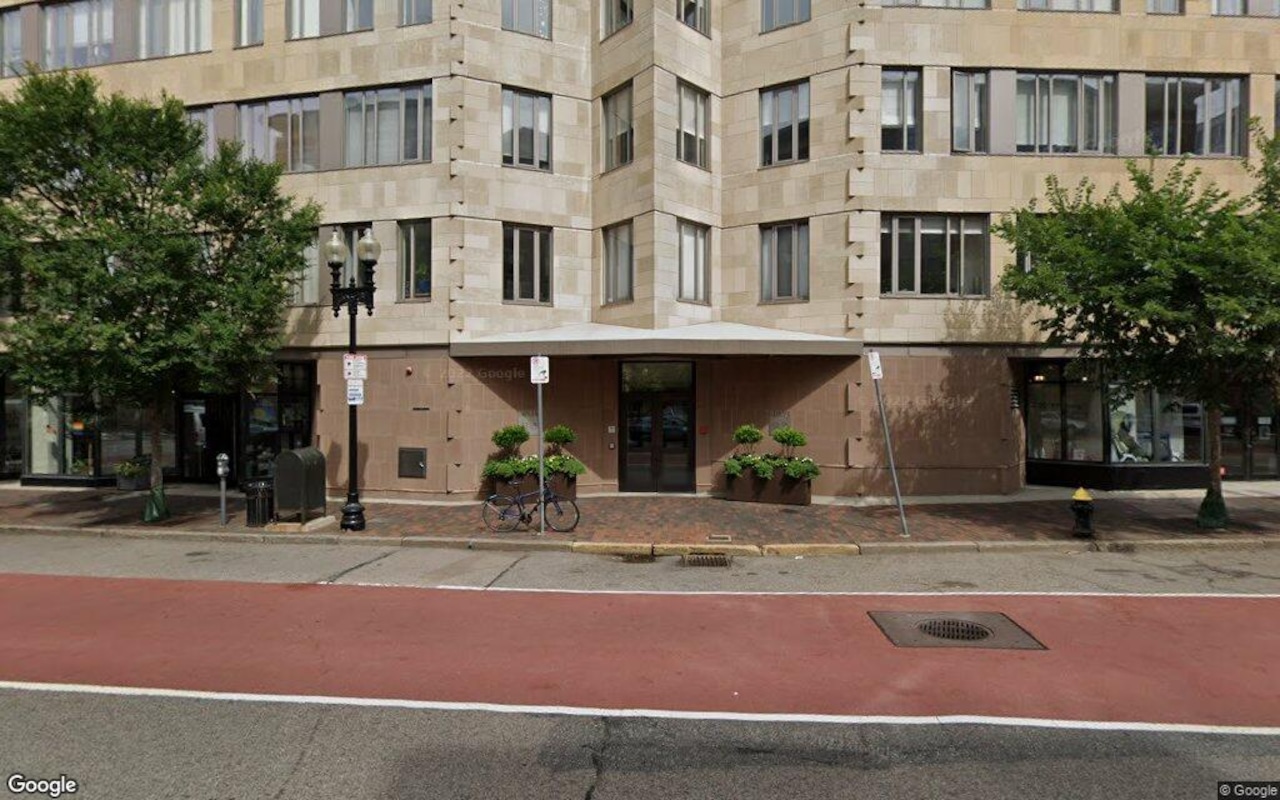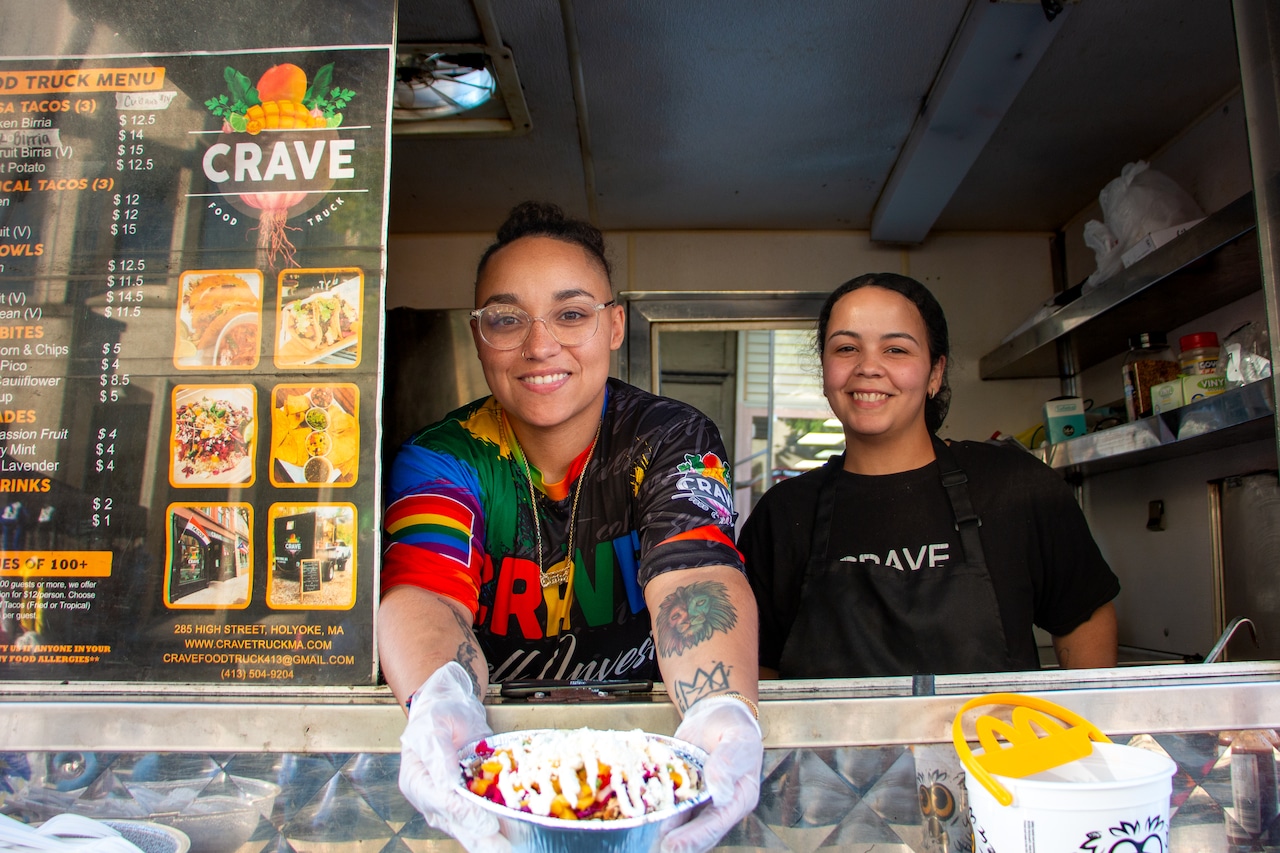Red Sox chief baseball officer Craig Breslow will add a right-handed hitter this offseason. And there are plenty of interesting options on the free agent market.
Under Chaim Bloom, the Red Sox recently placed great importance on swing decisions and pitch selection. What does Breslow value in a hitter?
“The ability to create runs,” Breslow said at the GM Meetings. “And there are a number of ways to do that. They are making good decisions, limiting swing and miss, hitting the ball hard. I think all of those things work together to create runs. If you try to create a single profile, you can get into trouble. I think we need to be open to the different ways that you can score runs. But to me, what are you looking for out of a hitter? It’s just the ability to score runs, create runs.”
Below is a look at 12 top free agent hitters: 10 right-handed hitters, one left-handed hitter and one switch hitter. MassLive examined each hitter’s offensive profile and if he fits what Boston needs.
Shohei Ohtani: The Red Sox are “expected to be in on” the 2023 unanimous AL MVP, ESPN’s Jeff Passan reported. DraftKings has Boston with the seventh best odds to sign Ohtani at 10-to-1. It’s no secret what kind of a hitter Ohtani is. He hits for elite power and takes plenty of walks.
The left-handed hitter ranked in the 95th percentile or better in expected batting average (.294), expected weighted on-base percentage (.428), expected slugging percentage (.634), average exit velocity (94.4 mph), barrel percentage (19.6%), hard hit percentage (54.2%) and walk percentage (15.2%) in ‘23, per Baseball Savant. He struck out in 23.9% of his plate appearances but that doesn’t matter when a hitter provides his elite walk rate and power.
Does Ohtani make sense for the Red Sox? Yes, it obviously makes sense for the Red Sox, a big market team, to make a run at a generational talent. He won’t pitch in 2024 after undergoing elbow surgery but Boston, which desperately needs starting pitching, would have a top of the rotation starter for ‘25 and beyond in addition to the game’s top DH.
That said, Ohtani is limited to DH. He has played only 8 ⅓ innings in the outfield as a major leaguer. So the Red Sox would have no flexibility to rotate positional players through the DH spot to give them some occasional rest.
The Red Sox also wouldn’t have the longterm flexibility to move Rafael Devers or Masataka Yoshida to DH. Either Devers or Yoshida, both below-average defenders with Boston’s two lengthiest contracts, might eventually need to become a full-time DH down the road.
Rhys Hoskins: The 30-year-old right-handed hitter didn’t play in 2023 after suffering an ACL tear during spring training. He strikes out a lot (25.1% strikeout percentage in 2022) but he lays off pitches out of the strike zone and takes plenty of walks. He ranked in the 81st percentile in chase percentage (23.2%) and 80th percentile in walk percentage (10.7%) in 2022. He has a career 13.5% walk percentage.
In ‘22, he was in the 75th percentile or higher in expected weighted on-base percentage (338), expected slugging percentage (.445), average exit velocity (90.1 mph), barrel percentage (11.1%), hard hit percentage (44.3%), sweet spot percentage (37.3%), chase percentage (23.2%) and walk rate, per Baseball Savant.
Does Hoskins make sense for the Red Sox? Yes. Hoskins could serve as the DH while also playing some occasional first base against left-handed starters. Basically, he could do something similar to what Justin Turner did for Boston in 2023.
Jorge Soler: The 31-year-old right-handed hitter, who crushed 36 homers in 137 games (580 plate appearances) this past season, was an on-base/slugging machine. He finished in the 94th among all major league hitters in expected slugging percentage (.531) and expected weighted on-base percentage (.376), per Baseball Savant. He had a high 27.6% strikeout percentage. But he also takes plenty of walks. His 11.4% walk percentage ranked in the 83rd percentile while he was in the 72nd percentile in chase rate (25.6%).
Does Soler make sense for the Red Sox? Yes. The Red Sox could use him as a DH and occasional outfielder. He is a below-average defender in right field and left field but he still would give Boston versatility so it could sometimes use positional players at DH.
Justin Turner: The 38-year-old right-handed hitter showed in 2023 his strong pitch recognition skills. He ranked in the 91st percentile in whiff percentage (17.5%), 77th percentile in strikeout percentage (17.6%), 74th percentile in sweet spot percentage (36.8%), 71st percentile in chase percentage (25.7%) and 67th percentile in expected slugging percentage (.443).
Does Turner make sense for the Red Sox? Yes. He recently said it would be “fantastic” to return to Boston. Like in 2023, he could serve mostly as a DH but also make starts at first base and third base. That would allow the Red Sox to give Triston Casas and Devers some rest and rotate position players through the DH spot.
Lourdes Gurriel Jr.: The 30-year-old right-handed hitter doesn’t swing and miss much. He ranked in the 84th percentile in whiff percentage (18.7%) and 79th percentile in strikeout percentage (17.4%), per Baseball Savant. But he walked in only 5.6% of his plate appearances, ranking in the 13th percentile in walk rate. He was in the 63rd percentile in expected slugging percentage (.439), 49th percentile in expected weighted on-base percentage (.326) and 37th percentile in chase percentage (30.3%).
Does Gurriel make sense for the Red Sox? Yes. He’s not as good of a hitter as Hoskins and Soler but he was a plus defender for Arizona in 2023 with 14 defensive runs saved in 778 innings in left field. Perhaps the Red Sox could use Yoshida as their DH and have Gurriel play left field. That would improve the outfield defense. Yoshida also could sometimes play left field, giving positional players an occasional chance to DH.
Teoscar Hernández: The 31-year-old right-handed hitter ranked in the 90th percentile in hard hit percentage (49.4%), 88th percentile in barrel percentage (13.8%), 81st percentile in average exit velocity (91.3 mph) and 79th percentile in expected slugging percentage (.471) in 2023, per Baseball Savant. But he ranked in the 13th percentile or below in chase percentage (35.2%), whiff percentage (35.8%), strikeout percentage (31.1%) and walk percentage (5.6%).
Does Hernández make sense for the Red Sox? Kind of. He plays all three outfield positions but he’s usually a below average defender in each spot with negative-24 defensive runs saved in 6,119 ⅔ career innings in the outfield. He had positive-1 defensive runs saved in 1,160 ⅓ innings in the outfield (mostly right field) this past season for Seattle though.
Hoskins and Soler probably would be better options because they also hit for power while also having more plate discipline than Hernández.
Jeimer Candelario: The 29-year-old switch hitter bashed 64 extra-base hits (39 doubles, 22 homers, three triples) for the Nats and Cubs in ‘23. But he was in the 41st percentile in expected slugging percentage (.405) and 29th percentile in average exit velocity (88.3 mph), per Baseball Savant.
Does Candelario make sense for the Red Sox? Kind of. Candelario historically has hit better against left-handed pitchers but he was better against righties in 2023. He could serve as a DH while also making occasional starts at first base and third base to get Casas and Devers off their feet. That said, Hoskins and Turner are better hitters who could provide similar versatility.
Matt Chapman: The 30-year-old right-handed hitter ranked in the 100th percentile in hard hit percentage (56.4%), 98th percentile in both average exit velocity (93.4 mph) and barrel percentage (17.1%) and 94th percentile in chase percentage (18.9%) this past season for Toronto, per Baseball Savant. He struck out in 28.4% of his plate appearances but he also takes his walks (10.7 walk percentage last year, 10.6% for his career).
Does Chapman make sense for the Red Sox? Yes but realistically No.
Chapman is one of the best right-handed hitters on the market. The Red Sox need a right-handed hitter. He’s also a four-time Gold Glove winner at third base. He would be perfect if Boston didn’t have Devers heading into the first year of a 10-year, $313.5 million contract extension.
So why not play Chapman at third base and move Devers to full-time DH as it would help improve the infield defense and make Boston better offensively? Devers is making way too much money to serve as the primary DH right now. To make the contract worth it, the Red Sox need at least five or six years of Devers in the field before moving him to DH. That said, the idea of signing Chapman is unrealistic even though it makes some sense.
Whit Merrifield: The Red Sox are in need of a second baseman. Merrifield, a right-handed hitter who will turn 35 in January, made the AL All-Star team in 2023 but he finished in the fifth percentile or below in expected slugging percentage (.329), hard hit percentage (24.3%), expected weighted on-base percentage (.274), average exit velocity (85.1 mph) and barrel percentage (2.4%), per Baseball Savant. He kept his strikeout percentage at 17.1% but he walked in only 6.1% of his plate appearances.
Does Merrifield make sense for the Red Sox? No. He’s a second baseman and a right-handed hitter. The Red Sox need both. But Merrifield is getting older and has fallen off offensively each of the past three years with a .696 OPS in 446 games from 2021-23. He also regressed defensively in 2022 and ‘23 (negative-9 defensive runs saved in 2022-23). The Red Sox perhaps have better second base options on the 40-man roster already in Pablo Reyes and Enmanuel Valdez, although Valdez must improve his defense considerably.
Amed Rosario: The 28-year-old right-handed hitting infielder ranked in the 71st percentile in expected batting average (.269) but the 21st percentile in expected weighted on-base percentage (.303), 10th percentile in walk percentage (5.3%), fifth percentile in chase percentage (39.4%) and 23rd percentile in expected slugging percentage (.374) in ‘23, per Baseball Savant.
Does Rosario make sense for the Red Sox? Kind of. While he plays second base and shortstop, he’s just not enough of a consistent hitter. Reyes and Valdez are better options.
J.D. Martinez: The 36-year-old right-handed DH enjoyed an excellent season on a one-year, $10 million contract with the Dodgers. He finished in the 96th percentile or better in expected slugging percentage (.551), average exit velocity (93.4 mph), barrel percentage (17.1%), hard hit percentage (55.1%) and sweet spot percentage (41.1%), per Baseball Savant. He struck out in 31.1% of his plate appearances and walked in only 7.1% but he was in the 91st percentile in expected weighted on-base percentage (.370).
Does Martinez make sense for the Red Sox? No. The Red Sox need a right-handed hitter and a DH. But he has started just one game in the outfield the past two seasons. So he limits what Boston could do as he’d be limited to DH duties. Soler, Hoskins, Hernández, Gurriel etc, give the Red Sox more positional versatility.
Gio Urshela: The 32-year-old right-handed hitter spent a good portion of the 2023 season on the 60-day IL with a left pelvis fracture. Urshela is a career .277/.322/.423/.745 hitter. He struck out in only 15.8% of his 228 plate appearances last year but he walked only 4.4%. He typically keeps his strikeout rate low but doesn’t walk much.
Does Urshela make sense for the Red Sox? No. He has mostly been a third baseman but he has made starts at first, second and shortstop. So he could provide versatility, starting mostly at DH and letting the Red Sox rotate several positional players through that spot. But the Red Sox have better options internally. Yoshida, for example, would be a better DH if the Red Sox signed or traded for a left fielder.







